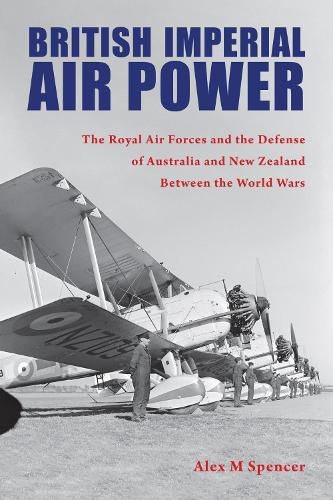Readings Newsletter
Become a Readings Member to make your shopping experience even easier.
Sign in or sign up for free!
You’re not far away from qualifying for FREE standard shipping within Australia
You’ve qualified for FREE standard shipping within Australia
The cart is loading…






British Imperial Air Power examines the air defense of Australia and New Zealand during the interwar period. It also demonstrates the difficulty of applying new military aviation technology to the defense of the global Empire and provides insight into the nature of the political relationship between the Pacific Dominions and Britain. Following World War I, both Dominions sought greater independence in defense and foreign policy. Public aversion to military matters and the economic dislocation resulting from the war and later the Depression left little money that could be provided for their respective air forces. As a result, the Empire’s air services spent the entire interwar period attempting to create a strategy in the face of these handicaps. In order to survive, the British Empire’s military air forces offered themselves as a practical and economical third option in the defense of Britain’s global Empire, intending to replace the Royal Navy and British Army as the traditional pillars of imperial defense.
$9.00 standard shipping within Australia
FREE standard shipping within Australia for orders over $100.00
Express & International shipping calculated at checkout
British Imperial Air Power examines the air defense of Australia and New Zealand during the interwar period. It also demonstrates the difficulty of applying new military aviation technology to the defense of the global Empire and provides insight into the nature of the political relationship between the Pacific Dominions and Britain. Following World War I, both Dominions sought greater independence in defense and foreign policy. Public aversion to military matters and the economic dislocation resulting from the war and later the Depression left little money that could be provided for their respective air forces. As a result, the Empire’s air services spent the entire interwar period attempting to create a strategy in the face of these handicaps. In order to survive, the British Empire’s military air forces offered themselves as a practical and economical third option in the defense of Britain’s global Empire, intending to replace the Royal Navy and British Army as the traditional pillars of imperial defense.